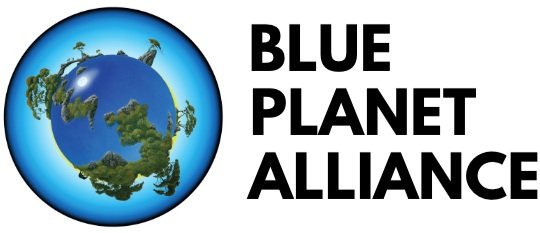Eight Islands on the Path to 100%
Next week, Blue Planet Alliance will welcome eight island countries and territories to Hawaii, unveiling a new Fellowship program that will help them fully transition to renewable energy
We know that we need to wean ourselves off fossil fuels — almost immediately — to have a chance for the planet to sustain itself. The UN’s IPCC reports make that clear.
But how do we do it? Is there a model to which we can look to show others how it is done?
In fact, there is.
Hawaii started deliberating over whether and how to transition to 100% renewable energy in 2009 and then, in 2015, passed the first U.S law mandating the state to make such a 100% renewable-energy transition. And now Blue Planet Alliance — whose founder Henk Rogers played a leading role in making the Hawaii law land on the desk of Governor David Ige for signing — is hosting a fellowship program that is bringing representatives from each of eight other island nations or jurisdictions to Honolulu, to show them precisely how this landmark legislation was achieved, not just from a policy perspective, but with an eye toward technology, community, and financing, as well.
The eight islands — the Kingdom of Tonga, the Government of Tuvalu, Guam, Pohnpei State (Federated States of Micronesia), the Republic of Palau, the Cayman Islands, the Commonwealth of Northern Mariana Islands, and American Samoa — like Hawaii, have a steady supply of solar and wind energy to utilize, and many of them, also like Hawaii, have geothermal and tidal energy to tap.
Spending Billions a Year on Harmful Fossil Fuels
Hawaii was spending $6 billion a year on dirty energy sources like oil and coal. Not only was that money being used for an energy source that polluted the state and contributed to an ever-warming planet that existentially threatens its (and all of our) future, but that money also left Hawaii’s economy, into the pockets of often unfriendly nations. The renewable-energy alternative is significantly cheaper, keeps all of the money in the Hawaiian economy, and does not pollute the islands or threaten their future existence.
What islands wouldn’t want to explore how to replicate that?
That is precisely why Blue Planet Alliance is bringing in these other island leaders — representing perspectives from the public sector, the utilities, and civil society — so that they can see how we executed the idea in Hawaii, and how we can workshop the idea with them before they present their findings to their communities back home.
Three of the participating islands — Tonga, Tuvalu, and Guam — have signed a Blue Planet Climate Agreement, a non-binding document that nonetheless demonstrates their commitment to moving to 100% renewable energy. And the other five participants are joining our Alliance, taking a step toward signing a Blue Planet Climate Agreement soon. Our hope is that, by conducting this Fellowship program twice a year with a similar number of participating islands, we’ll have about 50 islands in three years on the path to 100% renewable energy.
“This is a remarkable step in the right direction toward achieving a renewable-energy future for the planet," says Henk Rogers. “I am thrilled and delighted to welcome the representatives of these eight islands to my home in Hawaii, and to work with them closely to help them achieve in their islands what we’ve achieved here. More importantly, in three years, we’ll have an unbelievably powerful block of nations behind us, a movement so large that it can’t be ignored.”
Blue Planet Alliance is, of course, an Alliance, and we are not doing this alone. We have five partners in this endeavor, including the East-West Center (on the campus of the University of Hawaii at Manoa, which will host the proceedings), Arizona State University, the University of Guam Center of Island Sustainability and Sea Grant, Guam Green Growth, and Mana Pacific, Inc.
The program will carefully cover a variety of topics, from Policy, Technology, Economics, Community, and importantly, crafting a plan to go forward to make the transition a reality.
Watch our social media accounts next week to track some of the developments coming out of the program, and a recap later in the month to see what we achieved.

